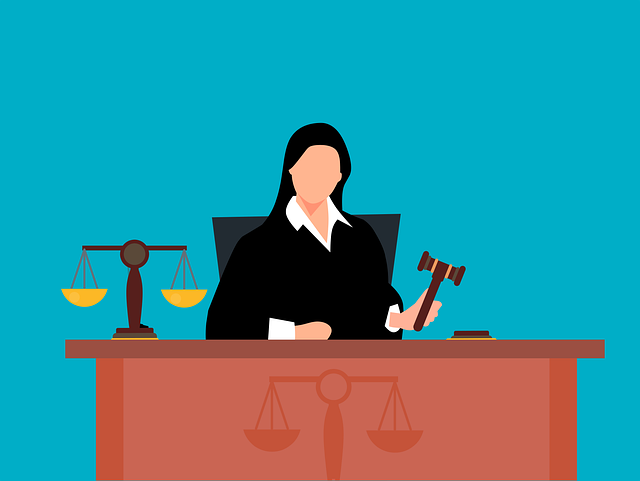Understanding slip and fall settlements involves assessing offers beyond monetary amounts, considering injury severity, long-term impacts, medical bills, lost wages, and future care needs. Evaluate liability, jurisdiction time limits, and consult legal experts to ensure fair compensation, especially when offers seem insufficient or ignore crucial elements.
Are you navigating a slip and fall case? Understanding how to handle settlement proposals is crucial. This guide breaks down the process, helping you make informed decisions. Learn about slip and fall settlements, the key factors to consider when evaluating an offer, and best practices for accepting or rejecting proposals. Maximize your compensation by knowing when to hold firm and when to negotiate further.
- Understanding Slip and Fall Settlements
- Evaluating the Offer: Key Factors to Consider
- When Accepting or Rejecting a Proposal
Understanding Slip and Fall Settlements

When it comes to slip and fall settlements, understanding the process is key for anyone considering a personal injury claim. These cases often involve compensation for injuries sustained due to another party’s negligence, such as unsafe property conditions or faulty maintenance. The settlement proposal is a critical step where both parties attempt to reach an agreement on damages.
However, it’s not always in your best interest to accept the first offer. A thorough assessment of the situation is necessary to determine if there are underlying issues that could indicate a breach of fiduciary duty, medical negligence, or other complicating factors. For instance, if you’ve suffered significant injuries and incurred substantial medical expenses, the settlement may not adequately cover your long-term care needs, especially if there’s a chance for future medical complications related to the incident. Therefore, it’s crucial to carefully consider each proposal, ensuring it aligns with the scope and impact of your personal injury claims.
Evaluating the Offer: Key Factors to Consider

When evaluating a slip and fall settlement offer, it’s crucial to consider several key factors that go beyond just the monetary amount. While the financial compensation is significant, other aspects play a vital role in determining whether to accept or reject the proposal.
First, assess the extent of your injuries and their long-term impact on your life. A car accident attorney or personal injury specialist can help you understand the full scope of medical expenses, pain and suffering, and potential future care needs. In real estate disputes, property damage from such incidents must also be factored in, especially if it affects the property’s value. Additionally, consider the settlement’s timing; offers made early may not account for future costs or evolving legal landscapes. Lastly, consult with your legal team to assess whether the settlement adequately reflects the liability and potential outcome of business litigation related to the slip and fall incident.
When Accepting or Rejecting a Proposal

When accepting or rejecting a slip and fall settlement proposal, it’s crucial to carefully weigh the circumstances of your case. Start by thoroughly reviewing the offer, understanding its terms, and assessing whether they align with your injuries’ severity and potential long-term impacts. Remember that a slip and fall settlement is like an employment contract for your pain and suffering, so ensure the proposed amount adequately compensates you for medical bills, lost wages, and any ongoing care needs.
If the proposal seems too low or fails to account for factors like liability and the cost of future treatments (as in insurance disputes or business litigation scenarios), rejecting it might be the best course of action. However, be mindful of deadlines and potential consequences; some jurisdictions have strict time limits for accepting or declining settlement offers. Consult with a legal professional who specializes in slip and fall cases to make an informed decision that protects your rights and ensures you receive fair compensation.
When navigating a slip and fall case, understanding when to reject a settlement proposal is crucial. By thoroughly evaluating the offer using key factors like severity of injuries, medical expenses, and potential future costs, you can make an informed decision. While accepting a reasonable settlement can provide closure, rejecting it may be necessary if it undervalues your case or fails to account for long-term recovery. In such cases, continuing negotiations or pursuing legal action might be the best course to secure the just compensation you deserve for your slip and fall injury.






